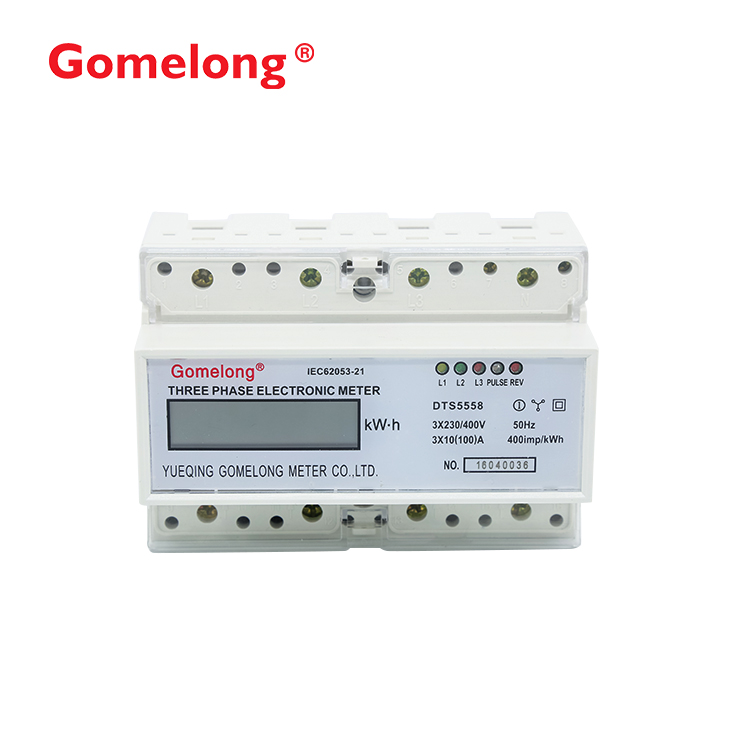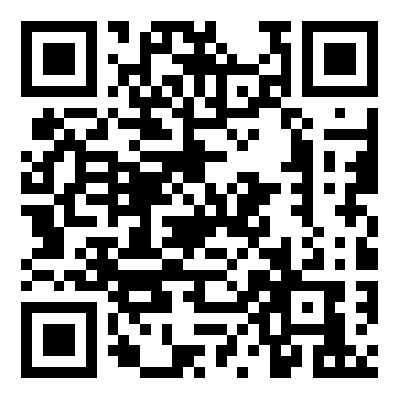Navigating the Power Trio: Understanding the Three Phases in a 3 Phase Remote Smart Watt Meter
2023-11-15
Introduction:
In the realm of energy measurement, the transition from single-phase to three-phase systems signifies a more robust and efficient approach to electricity consumption monitoring. The 3 Phase Remote Smart Watt Meter, designed for industrial and commercial applications, operates on the principles of three-phase power. In this blog, we'll unravel the intricacies of the three phases in a 3 Phase Remote Smart Watt Meter and explore how they function collectively to provide comprehensive energy usage data.
The Basics of Three-Phase Power:
1. What is Three-Phase Power?
- At its core, three-phase power refers to a method of electrical power transmission where three conductors carry alternating currents with a specified phase difference between the currents.
2. Phases in a 3 Phase System:
- The three phases, often labeled as Phase A, Phase B, and Phase C, are evenly spaced at 120 degrees apart in a 360-degree cycle.
Understanding the Three Phases in a 3 Phase Remote Smart Watt Meter:
1. Phase Monitoring:
- Each phase in the 3 Phase Remote Smart Watt Meter monitors the electrical consumption of a specific segment of the load. In three-phase systems, loads are distributed across the three phases to achieve balanced power distribution.
2. Voltage Measurements:
- Phase A, Phase B, and Phase C each represent a separate voltage measurement. These voltage measurements, when combined, create a rotating magnetic field that powers three-phase motors and machinery more efficiently than single-phase systems.
3. Current Measurements:
- Current measurements are taken independently for each phase. The three-phase system allows for a more even distribution of current, reducing the overall load on each phase and enhancing system stability.
4. Balanced Load Distribution:
- One of the key advantages of a 3 Phase Remote Smart Watt Meter is its ability to monitor and manage a balanced load distribution across the three phases. Balanced loads ensure optimal power usage, reduce stress on the electrical system, and enhance overall efficiency.
5. Real-Time Data Collection:
- The 3 Phase Remote Smart Watt Meter continuously collects real-time data from each phase. This data includes voltage, current, power factor, and other critical parameters that offer a comprehensive overview of energy consumption.
6. Power Measurement:
- By simultaneously measuring the power in each phase, the smart meter calculates the total power consumption in a three-phase system. This provides users with a more accurate representation of their energy usage.
7. Load Profiling and Analysis:
- Load profiling in a three-phase system involves analyzing the energy consumption patterns across different phases. The 3 Phase Remote Smart Watt Meter can categorize usage patterns, enabling users to identify inefficiencies, optimize power distribution, and implement targeted energy-saving measures.
8. Remote Monitoring Capabilities:
- The three-phase configuration, coupled with remote monitoring capabilities, allows users to access real-time data from anywhere with an internet connection. This feature is particularly beneficial for industrial and commercial settings where remote management is crucial.
How the Phases Function Collectively:
1. Balancing Act:
- The three phases work in concert to create a balanced and efficient power distribution system. Balancing the load across phases ensures that no single phase is overloaded, promoting stability and reliability.
2. Enhanced Motor Performance:
- Three-phase power is widely utilized in motors and machinery due to its ability to create a rotating magnetic field. This design enhances motor performance, reduces vibrations, and increases overall efficiency.
3. Efficient Energy Consumption:
- The three phases contribute to more efficient energy consumption by evenly distributing the load. This not only optimizes power usage but also minimizes losses in the electrical system.
4. Optimized Power Factor:
- The combination of all three phases helps maintain a near-unity power factor. This is crucial for minimizing reactive power and ensuring that electrical systems operate at peak efficiency.
Conclusion:
In the intricate dance of electrical power, the three phases in a 3 Phase Remote Smart Watt Meter play a pivotal role. Through balanced load distribution, real-time data collection, and efficient energy consumption, these phases pave the way for a smarter and more sustainable approach to electricity monitoring. As industries and businesses embrace the power of three-phase systems, the 3 Phase Remote Smart Watt Meter stands as a testament to the efficiency and precision achievable in modern energy management.



